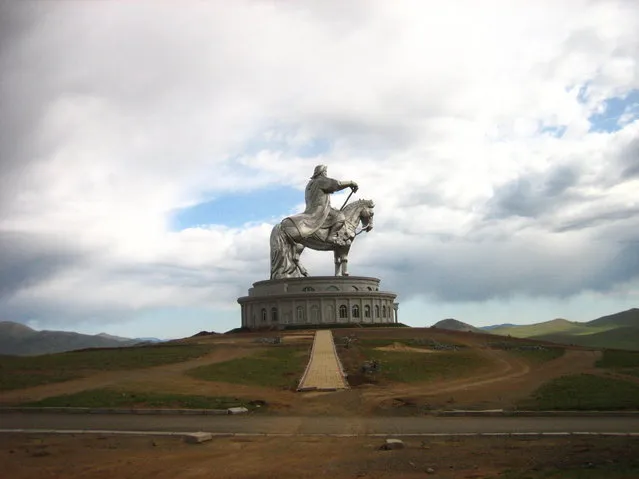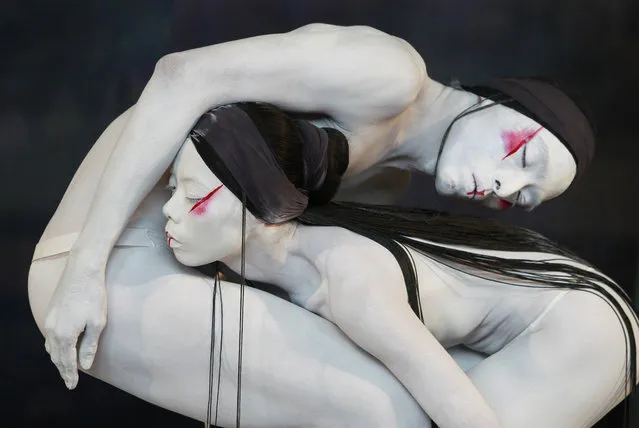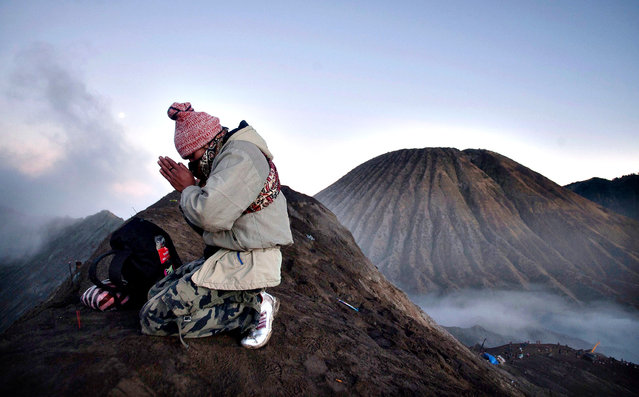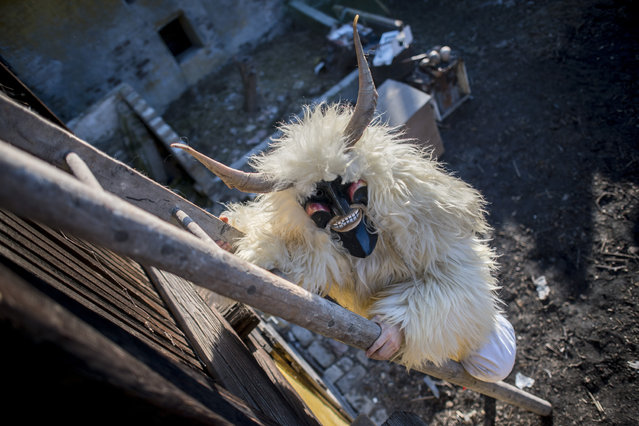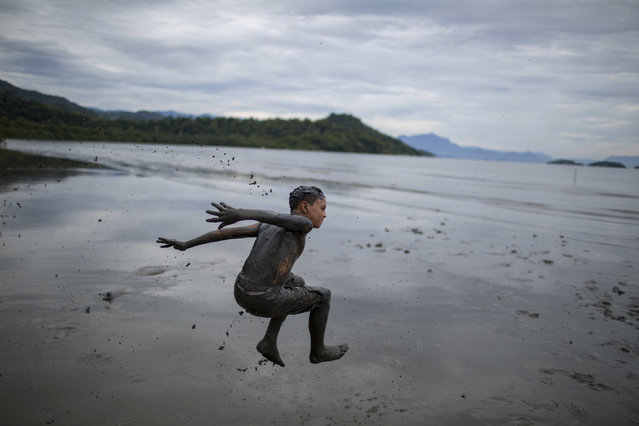
People gather to mourn the death of soccer legend Diego Maradona, outside the Diego Armando Maradona stadium, in Buenos Aires, Argentina on November 25, 2020. Millions of fans paid tribute and Argentina was plunged into mourning on November 25 as Maradona, one of the greatest footballers of all time, died aged 60 after years of drug and alcohol problems. (Photo by Martin Villar/Reuters)
27 Nov 2020 00:07:00,post received
0 comments

